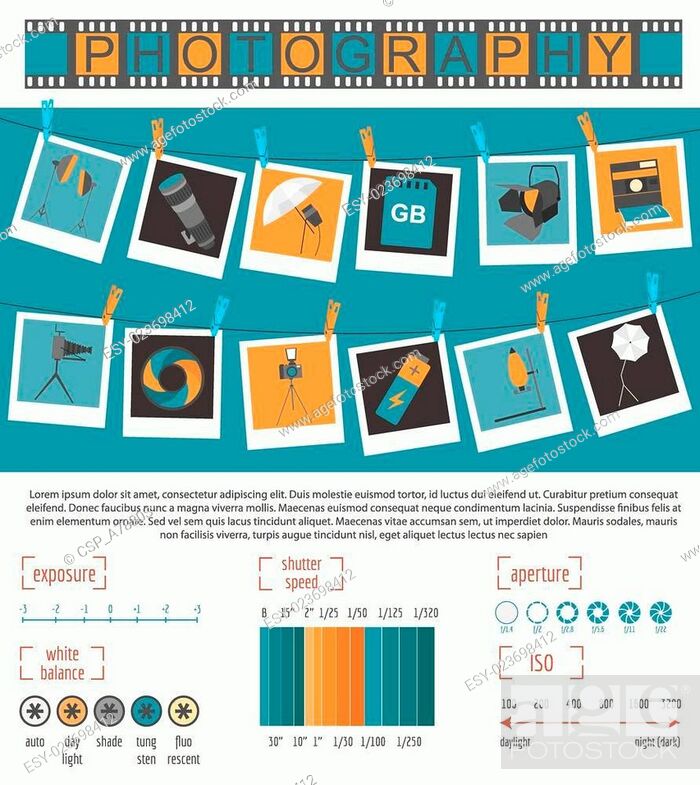What Every Professional Photographer Needs To Find Out About Illumination
What Every Professional Photographer Needs To Find Out About Illumination
Blog Article
Authored By-Parks Olsson
As a photographer, you recognize that lights can make or break your pictures. Comprehending the subtleties of both all-natural and synthetic light is essential for catching the state of mind and quality you go for in your work. Whether you're chasing the excellent gold hour glow or adjust your artificial arrangements, understanding these aspects can boost your photography significantly. However there prevail mistakes that numerous neglect, and recognizing them can transform your technique to every shoot. Allow's explore what you might be missing and just how it can affect your results.
Comprehending Natural Light
Comprehending natural light is essential for any professional photographer aiming to improve their work. It's the structure of excellent photography, influencing mood, tone, and quality. When you shoot outdoors, focus on the moment of day. The gold hour-- soon after sunrise and prior to sunset-- uses soft, cozy light that can change ordinary scenes into stunning photos.
Don't ignore the power of cloudy days. https://postheaven.net/fredric82albertine/how-to-select-the-right-video-camera-for-your-digital-photography-demands diffuses sunshine, developing a soft, even light that's excellent for portraits and macro photography. You'll find shades pop in this kind of illumination without harsh shadows.
Positioning matters, also. Constantly consider your topic's orientation to the source of light. If the sunlight's behind your subject, you may end up with a silhouette, which can be remarkable but mightn't be what you want. Alternatively, https://petapixel.com/2016/11/08/40-practical-photography-assignments-reinspire/ can create uncomplimentary shadows.
Experiment with angles; sometimes, transforming your perspective can produce impressive results. Usage Website photographer -natural reflectors, like water or sand, to jump light onto your topic, adding dimension.
Learning Artificial Light
Understanding synthetic light is important for digital photographers that intend to take their skills to the next level. Whether you're using speedlights, studio strobes, or continuous lights, comprehending just how to adjust these resources can considerably enhance your photos.
Begin by acquainting yourself with the essentials of light high quality, direction, and shade temperature level. Trying out various modifiers like softboxes, umbrellas, or grids to regulate the soft qualities or violence of the light.
You'll discover that soft light often creates lovely results, while harsher light can add drama and depth. Do not avoid darkness; they can enhance the three-dimensionality of your topics.
Pay close attention to the positioning of your lights. A light positioned too near your topic can create unflattering outcomes, while as well far away can lead to an absence of detail. Utilize a light meter or your camera's histogram to guarantee you're revealing correctly.
Last but not least, bear in mind that synthetic light can be combined with ambient light for imaginative effects. Stabilizing these sources might take method, once you grasp it, your photography will genuinely radiate.
Strategies for Various Situations
When you step into different shooting scenarios, adapting your illumination methods is essential for recording the best pictures. For exterior pictures, make use of the golden hour-- early morning or late afternoon light-- to soften shadows and boost skin tones.
If it's a harsh midday sunlight, consider using a reflector to bounce light back onto your topic or seek shaded locations for a much more even exposure.
In low-light scenarios, like indoor events, raise your ISO and make use of a vast aperture to allow in more light. A tripod can aid remove video camera shake, enabling longer direct exposures without blurring.
If you're shooting at evening, experiment with off-camera flash to create dynamic illumination and depth in your pictures.
For product digital photography, make use of diffused lighting to avoid rough representations. Softboxes or light camping tents can assist attain this effect.
When photographing landscapes, consider the instructions of light and time of day, as it can drastically alter the state of mind of your shot.
Always be ready to readjust your setups and placing based on the situation, as adaptability is vital to mastering illumination in photography.
Verdict
To conclude, grasping lights is vital to raising your photography skills. Accept natural light's elegance throughout gold hour, and don't shy away from experimenting with fabricated light methods. By adjusting your technique to various circumstances, you'll capture magnificent pictures that resonate with emotion and quality. Keep in mind, the best illumination can change a regular shot into something extraordinary, so keep exercising and improving your understanding of both natural and artificial light. Satisfied capturing!
